Introduction
GPT models, or Generative Pretrained Transformer models, are a class of deep learning models that use natural language processing techniques to generate human-like text. These models have become increasingly popular in recent years because they can perform tasks such as language translation, content creation, and even answering questions. Since the launch of GPT-4, the world has been looking for GPT-3 vs GPT-4.
The most potent language model to date, GPT-3, was released by OpenAI in 2020 as the third iteration of the GPT series. With 175 billion parameters, it could generate highly realistic and coherent text and was used in various applications such as chatbots, language translation, and even creative writing. This is why market is full of GPT-3 AI tools.
Nevertheless, the AI sector is constantly developing, and GPT-4, the fourth generation of GPT models, has already been released by OpenAI on 14th March 2023. GPT-4 is even more powerful than its predecessor, with potentially 100 trillion parameters and the ability to generate text that is even more indistinguishable from that written by humans.
The significance of GPT models lies in their potential to revolutionize how we interact with technology. With the ability to generate human-like text, GPT models have the potential to automate many tasks that currently require human input, such as customer service and content creation. They also have the potential to improve language translation and enable better communication between people who speak different languages.
It will be interesting to see how GPT-3 vs GPT-4, and how it will affect the AI industry as a whole now that it has already been launched. With its potential to be even more powerful and capable than GPT-3, GPT-4 could pave the way for even more advanced and sophisticated language models.
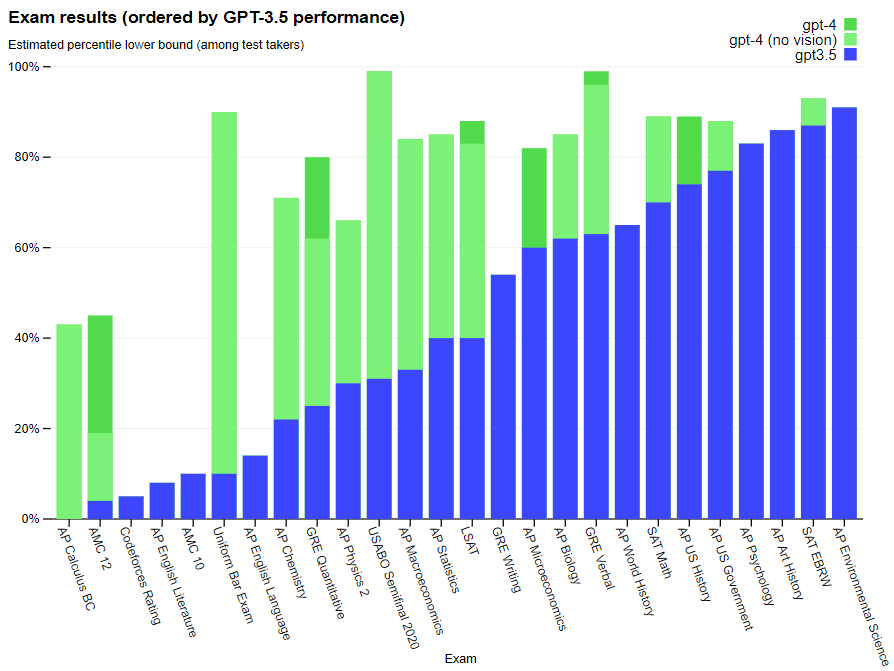
I. Understanding GPT-3
A. A deep dive into the features and capabilities of GPT-3
The GPT-3 language model is a transformer-based language model trained on a large corpus of text data. It is the most prominent language model with 175 billion parameters. GPT-3’s ability to generate natural-sounding text makes it a rich resource for many uses. It does a great job of translating between languages, summarizing a lot of information, and even writing original stories.
Zero-shot learning is a crucial feature of GPT-3, which allows it to complete tasks for which it has yet to be specifically trained. As a result, it’s a very versatile model that can be applied to many different situations. Compared to other language models, GPT-3 stands out for its ability to keep churning out new text for long periods.
B. Examining the different language models and sizes
Many other language models beyond GPT3 with varying sizes and capabilities exist. Popular language models include GPT2, BERT, and XLNet. Each model has pros and cons, so choosing one depends on the task and the available data.
The size of language models can range from several million to several billion parameters. More computational resources are needed for training and running larger models, but they tend to perform better on more complex tasks. On the other hand, smaller models may be more efficient overall, but they may need help doing complicated tasks.
C. Understanding the different applications of GPT-3, such as chatbots, language translation, content creation, and more.
Many fields can benefit from GPT3, such as marketing, healthcare, finance, and more. Typical uses of GPT3 include conversational interfaces, translation, content generation, and summarization.
Using GPT3, chatbots can have a more humanlike conversation with their users. GPT3 is also helpful for translating languages, facilitating better communication between people who speak different tongues. Content creators can save time and energy with the help of GPT3 because it can generate high-quality articles, emails, and other written content. GPT3 can also summarize large amounts of information, making it easier to understand complicated topics quickly.
II. About GPT-4
After the Launch of ChatGPT,OpenAI claims that GPT-4 surpasses ChatGPT in performance due to its larger size and more parameters, a trend observed in their previous models where GPT-3 outperformed GPT-2 by being more than 100 times larger. According to Jakub Pachocki, one of GPT-4’s developers, the fundamental formula for building these models has remained relatively unchanged for years, but the process is still complex and requires meticulous attention to detail.
Despite its improved performance, OpenAI has not disclosed the specific details of GPT-4’s development, such as the data used, amount of computing power, or training techniques employed. This departure from previous releases has been criticized as making the company more closed and less transparent.
OpenAI claims to have spent six months making GPT-4 safer and more accurate, resulting in an 82% reduction in responses to requests for content that OpenAI prohibits and a 60% decrease in the generation of false information. This was achieved using reinforcement learning with human feedback, which involves using scores assigned by human raters to improve future model output.
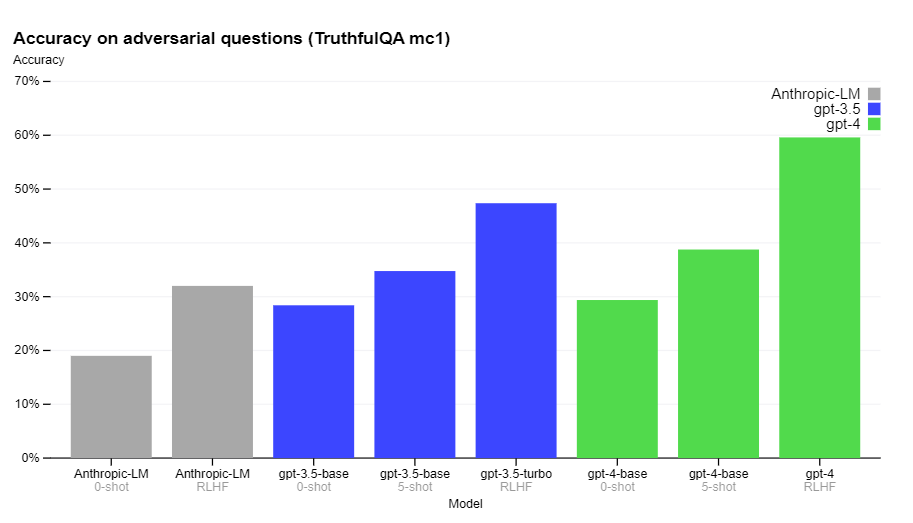
III: GPT-3 vs GPT-4: A Comparison
GPT-3 and GPT-4 are robust linguistic models that can advance Natural Language Processing (NLP) significantly. But GPT-4 is envisioned to be even more advanced than its predecessor. Here, we’ll look at the similarities and differences between GPT-3 and GPT-4, comparing their features and capabilities.
A. GPT-3 vs GPT-4: Features and Capabilities
Presently, GPT-3 is the most comprehensive and potent language model available. With the help of its 175 billion parameters, it can create text that sounds natural, answer questions, and do other linguistic tasks. Its many uses are chatbots, language translation, content generation, and more.
However, GPT-4 is anticipated to be even more potent than GPT-3 due to its increased parameters. It is said to have more parameters than GPT-3 by a large margin (over 300 billion). This would let it do more complicated linguistic tasks and make text that sounds more natural.
B. GPT-3 vs GPT-4: An Examination of the Differences
While we have yet to get all the information about GPT-4, we can make some educated guesses. The number of parameters is a key differentiator. As was previously mentioned, GPT-4 is anticipated to have more parameters than GPT-3, which could significantly improve its performance.
One other possible distinction is the nature of the training data used. GPT-3 was taught to recognize patterns in a vast corpus of written material. In the future, GPT-4 may have access to even more training data, allowing it to acquire a deeper understanding of language and consequently boost its capabilities.
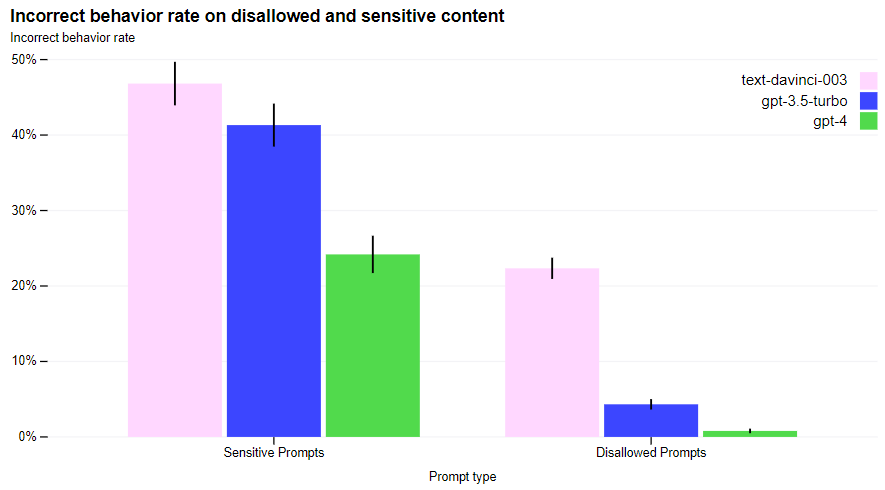
C. Advantages and disadvantages of GPT-4 over GPT-3
Improved performance is one of GPT-4’s possible benefits over GPT-3. GPT-4’s capacity to perform complex language tasks and generate human-like text could be further expanded with additional parameters and, potentially, training data.
Although, it’s important to remember that there could also be drawbacks. Among the issues is the price. The higher training and operating costs of GPT-4, compared to GPT-3, may limit its availability to academic and commercial users.
The ethical implications of using such cutting-edge tech are another potential drawback. People are getting more worried that advanced language models could be used to do bad things, like spread false information or change public opinion.
The fourth generation of genetic programming (GPT-4) can be even more advanced than the third generation (GPT-3). Still, it is essential to weigh this technology’s benefits and drawbacks and employ it responsibly and ethically.
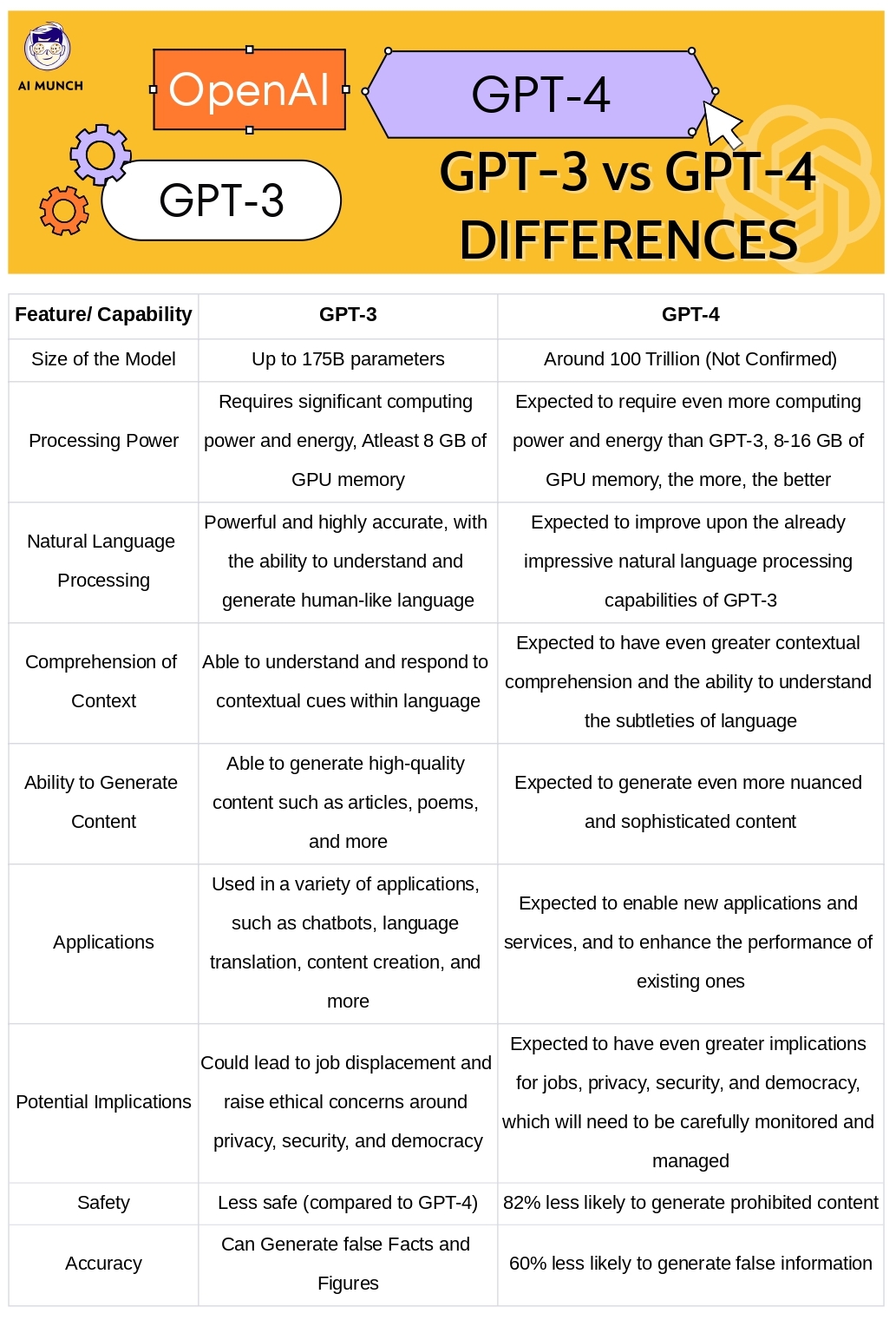
IV: The Impact of GPT-4 on the Future of AI
There will be far-reaching effects on the artificial intelligence (AI) sector, businesses, and society at large due to GPT-4’s launch. This section will talk about the possible effects of GPT-4, like how it might affect businesses and society, as well as any ethical problems that might arise from its use.
A. An exploration of the impact that GPT-4 could have on the AI industry
If successful, GPT-4 has the potential to advance state of art in language modeling, paving the way for innovations in NLP and other areas of AI. Because of its enhanced functionality, businesses can create novel software and services previously out of reach.
The release of GPT-4 could also lead to more research and development of AI tools. Companies and universities are racing to create the most cutting-edge technology methods.
B. A discussion of the implications for businesses and society as a whole
How GPT-4 is implemented and used will determine the extent of its effect on businesses and the public at large. One positive aspect of GPT-4 is that it has the potential to help businesses automate and optimize a variety of language-related tasks, which would increase productivity and cut down on expenses. Additionally, it may pave the way for developing novel applications and services, such as improved chatbots or translation software.
However, as businesses seek to automate more tasks and rely less on human workers, the enhanced capabilities of GPT-4 may also lead to job displacement. Powerful language models could generate fake news or carry out other malicious activities, heightening privacy and security concerns.
C. The potential ethical concerns around GPT-4 and its impact on jobs, privacy, and security
Ethics issues may arise with GPT-4, as with any cutting-edge technology. For instance, human workers being replaced by machines could have severe repercussions for the economy and society, especially those in low-skilled labor positions.
Threats of GPT-4 being used maliciously to create fake news or sway public opinion are also a source of concern. What this means for free speech and democracy is unclear.
Finally, GPT-4 use raises concerns about privacy and security. As language models improve accuracy, more sophisticated phishing emails, online impersonation, and other cyberattack forms are possible.
Although the release of GPT-4 has the potential to completely transform the artificial intelligence (AI) industry and lead to significant advances in natural language processing and other fields, it is critical to consider the ethical implications of this technology and use it responsibly and ethically.
Conclusion
This article discusses the significance of GPT models, particularly GPT-3 vs GPT-4. We have looked at GPT-3’s features, capabilities, applications, and effects on the AI industry and society. We have discussed GPT-4 and compared it to its predecessor, GPT-3. We’ve also discussed some of the moral issues and safety concerns that GPT-4 raises regarding personal information and safety in the workplace.
A. GPT-3 vs GPT-4: A summary
Google launched its own AI model, ‘Google Bard’, which tried to beat ChatGPT, but Couldn’t. Now, GPT-4 is the most recent member of the GPT family of language models, and it represents a significant step forward in the development of AI. Its expanded capabilities may pave the way for new applications and services and the automation and optimization of various linguistic tasks in business. However, it could result in job losses and spark ethical questions about data protection, national security, and the viability of our democratic institutions.
Key takeaways from this article include:
- GPT-3 is a powerful language model with many applications, including chatbots, language translation, content creation, and more.
- GPT-4 is even more advanced and capable than GPT-3, with potentially groundbreaking implications for the AI industry and society.
- While GPT-4 has the potential to revolutionize the AI industry and enable new breakthroughs, it is important to consider the potential ethical implications of this technology and ensure that it is used responsibly and ethically.
B. A discussion of the future of GPT models and the potential impact on society
The future of GPT models will likely be shaped by how far artificial intelligence research goes and how much people want more vital language models. More sophisticated and powerful GPT models are on the horizon, which will pave the way for further advances in natural language processing and machine learning.
GPT models have the potential to have far-reaching effects on society, with consequences for economies, workforces, and communities at large. There are ethical concerns about privacy, security, and democracy, as well as the possibility of job displacement due to the adoption of GPT models.
People and organizations in this field need to know about the latest developments in AI technology and what they might mean. The connection between GPT models and AI ethics has been written about in many academic journals, industry reports, and online sources.
Lastly, the release of GPT-4 is a big step forward in the development of artificial intelligence, and it could completely change how we use language to talk to each other. But we must think about the ethical repercussions of this technology and use it morally and responsibly. Moreover, ChatGPT vs Google Bard will continue, no matter how many advancements we see in the coming years.
FAQs
Since GPT-4 is a large-scale multimodal language model, it can process and react to both textual and visual inputs. Give it a picture of your fridge and ask what you could make, and GPT-4 will try to develop recipes that use the ingredients you’ve shown it.
The capabilities of ChatGPT and GPT-3 were restricted to the written word. (though more than enough for many applications). However, GPT-4 can be fed images, and it will process them to extract useful data.
In a video accompanying its announcement on Tuesday, OpenAI claimed that GPT-4 could process and generate up to 25,000 words of text, whereas its predecessor, ChatGPT, was limited to just 3,000. OpenAI claimed it had been trained to increase safety and accuracy.
Do you want to read more? Check out these articles.
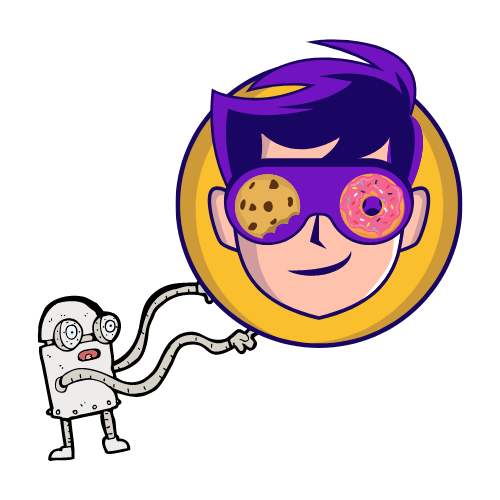


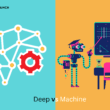
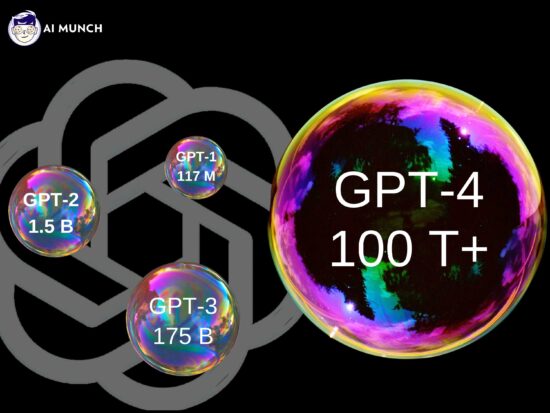


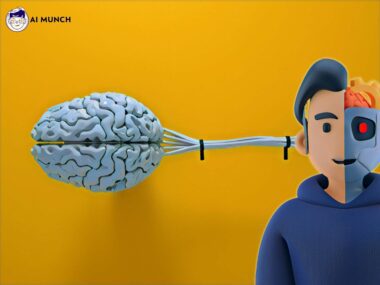
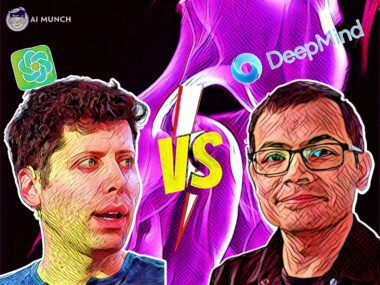
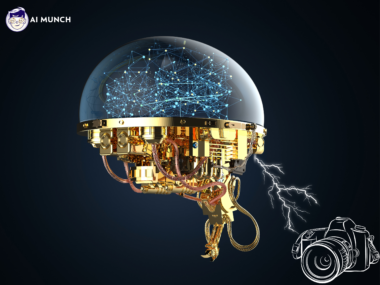

1 comment